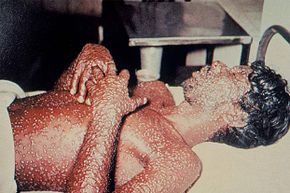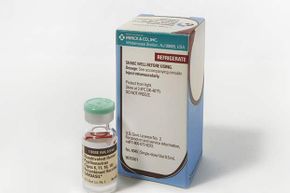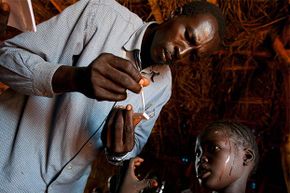When it comes to medicine, times have changed more than most of us realize. At the tender age of 4, I (and most of my friends) dealt with the itchy, feverish misery that is chicken pox. My dad's generation lived in fear of polio, and his mother dealt with rampant scarlet fever. Thanks to modern medicine, these and many other diseases have been rendered preventable, treatable or are simply far less common than in their heyday. In fact, many diagnoses that were once grimly given are now handled with relative ease, sometimes outright curable. Early detection, pharmaceuticals, vaccines and cutting-edge surgeries have completely revolutionized health care as we know it, making infectious or acquired diseases far less dire than they used to be.
Sadly, the Catch-22 of many of these diseases is that treatments exist, but aren't always available in developing nations. So, even if they're curable in the United States or Western Europe, millions still unnecessarily lose their lives elsewhere due to lack of medical care or drug availability. Public health organizations are continuing to chip away at this issue, but it'll likely be a long process.
Advertisement
Nevertheless, progress has been made. We'll look at 10 diseases that used to spell death for patients, but not so anymore, starting with one that's fairly recent in origin.










